If you are planning your next holiday in The Algarve why not consider an all-inclusive option? The pros and cons you should know before booking.
Vila Gale Lagos offers an all inclusive and also a bed and breakfast option
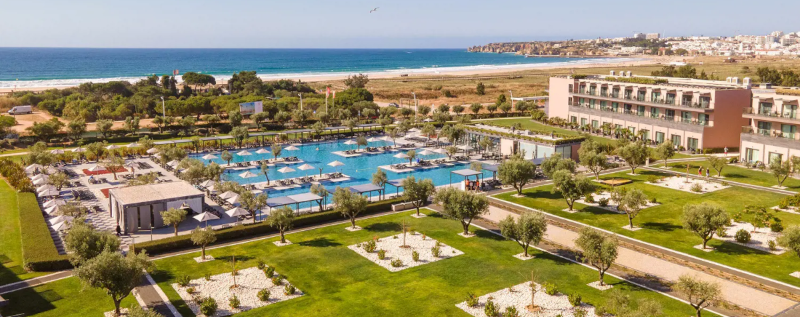
Introduction
Dreaming of a stress-free holiday where everything, from breakfast to cocktails by the pool, is already paid for? That’s exactly what an all-inclusive hotel promises. Popular in beach destinations and tropical resorts, this type of stay attracts travelers looking for total relaxation. But is an all-inclusive resort really the best option for everyone? Let’s explore the main advantages and disadvantages before you book your next vacation.
The biggest advantages of staying at an all-inclusive hotel
The first and most obvious benefit is complete convenience. In an all-inclusive resort, you don’t need to worry about where to eat, how much to spend, or unexpected expenses, meals, drinks, snacks, and often entertainment — is included in one price.
Another major advantage is budget control. Since everything is prepaid, you’ll know exactly how much your trip will cost. This makes all-inclusive holidays ideal for families, couples and groups of friends who want to enjoy their stay without stressing over bills. Regarding Comfort, most all-inclusive hotels offer top-notch facilities, multiple restaurants, themed bars, pools, gymnasium, spa and treatments and kids’ clubs. You can spend your entire holiday relaxing within the resort, knowing everything you need is right there.
The downsides of an all-inclusive resort
As convenient as it sounds, there are a few drawbacks to all-inclusive travel. The biggest one is lack of flexibility. Since you’ve already paid for everything inside the resort, it’s easy to feel like you must “get your money’s worth,” which often means staying on the property instead of exploring the destination.
This can lead to missing out on authentic local experiences — trying regional food, meeting locals, or discovering hidden spots outside the resort. If you’re visiting a cultural or historical destination, that’s a real loss.
Another factor to consider is the higher upfront cost. While all-inclusive hotels can be great value for money, they might not be worth it if you plan to spend most of your time sightseeing or eating out.
Is an all-inclusive vacation worth it?
It all depends on the travel style.
If your goal is to relax, unwind, and enjoy a worry-free holiday, then an all-inclusive hotel is a perfect choice. You’ll have everything available.
However, if you’re a curious traveler who loves exploring local culture, cuisine, and attractions, you might prefer a hotel with breakfast or half board. This way, you’ll have more freedom to discover the destination.
At the end of the day, the best choice is the one that fits your travel goals. Whether you’re sipping a cocktail at a Caribbean resort or tasting local dishes in a charming town, the key is to make the most of your trip and enjoy every moment. Feel free to contact us to explore the best options for your next holiday.





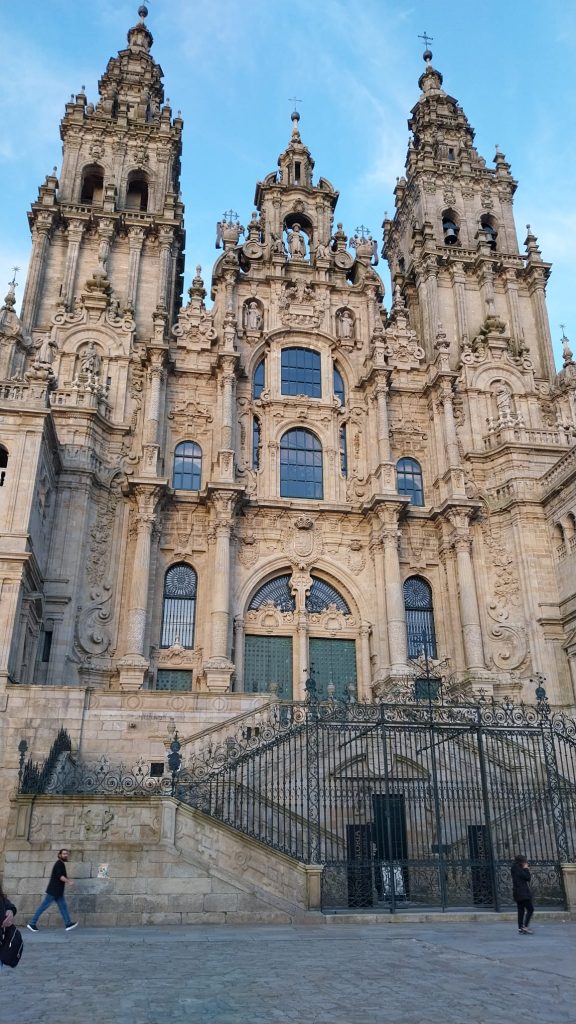
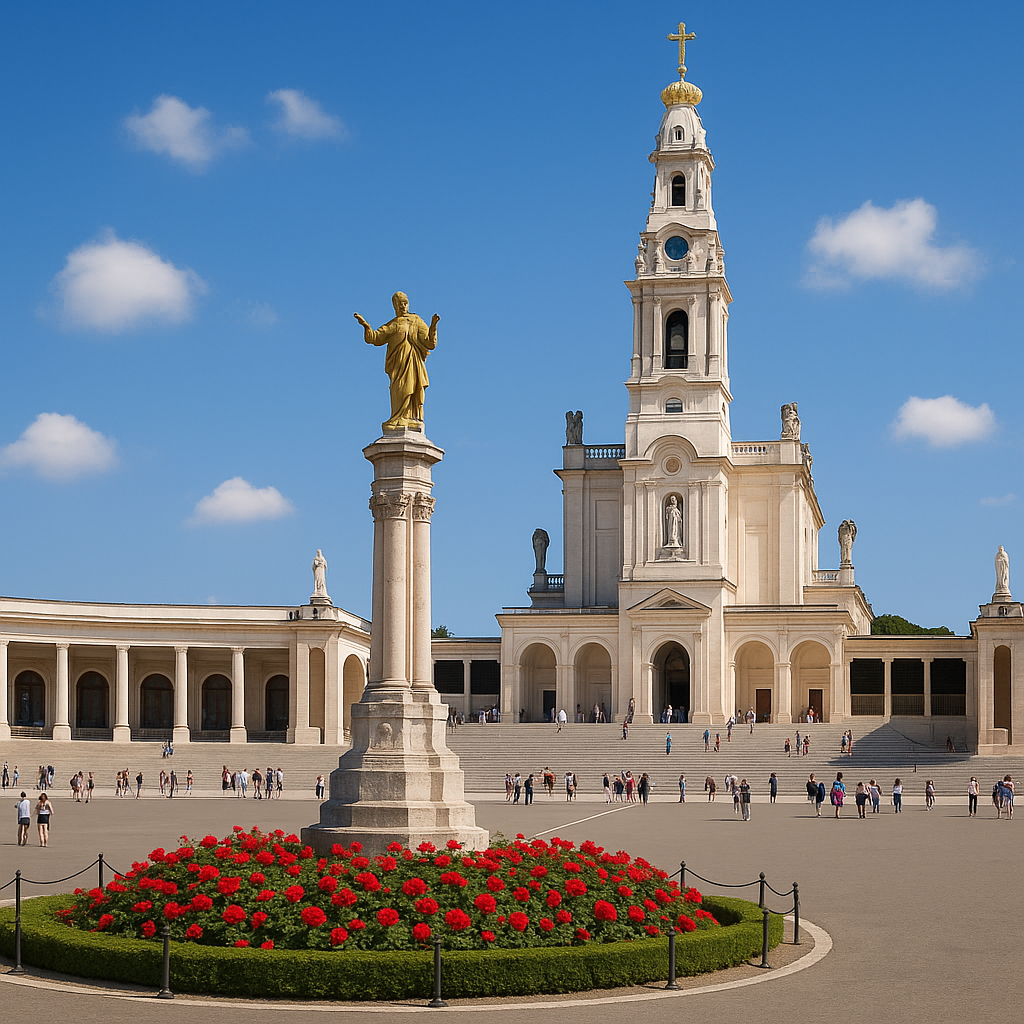
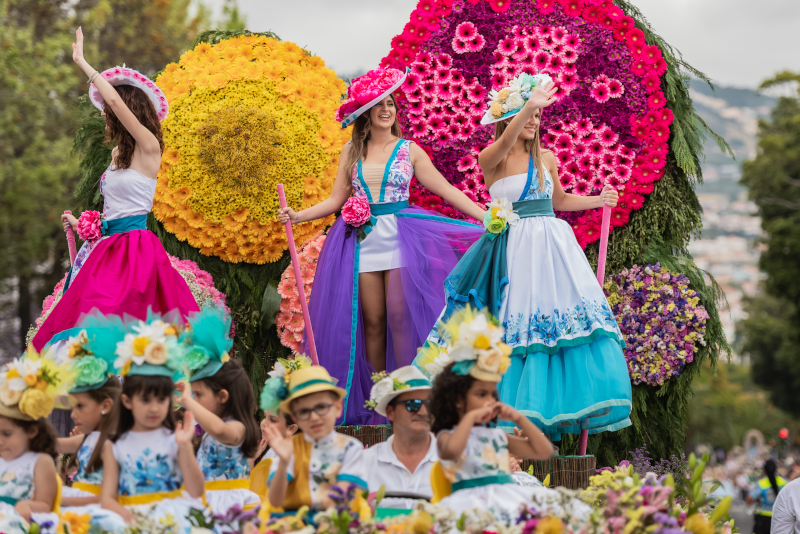
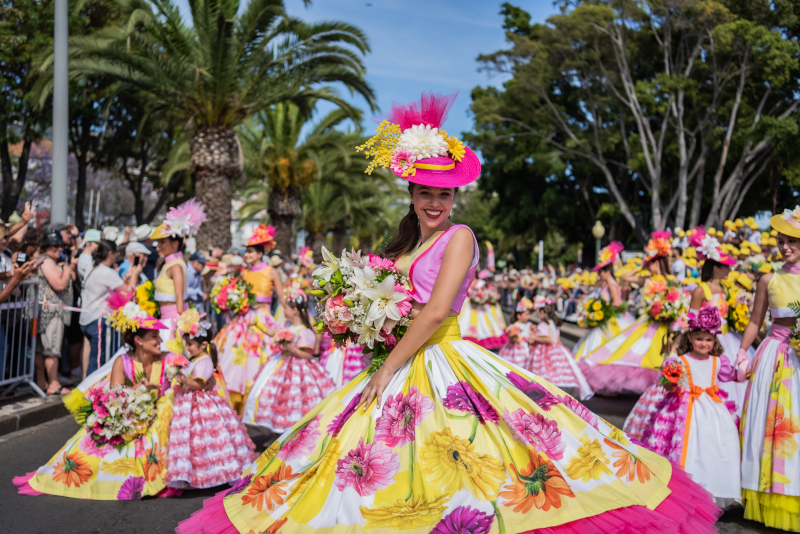
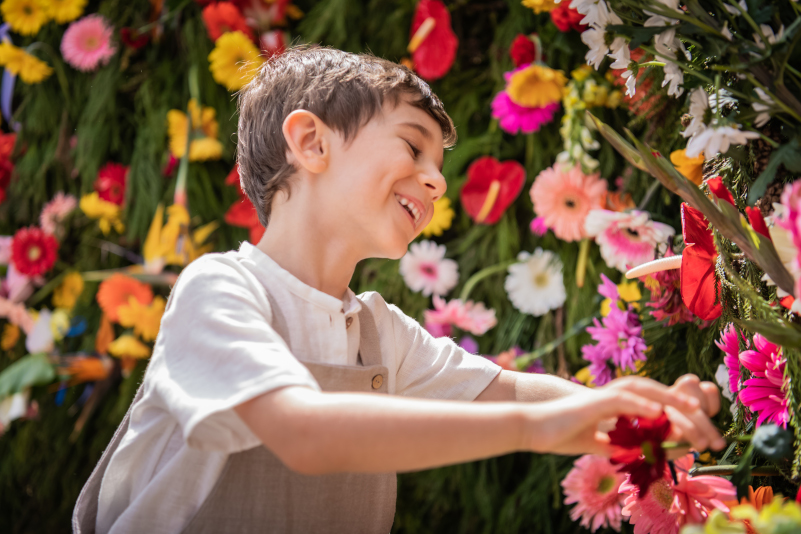
 Associado Nº 1.322
Associado Nº 1.322